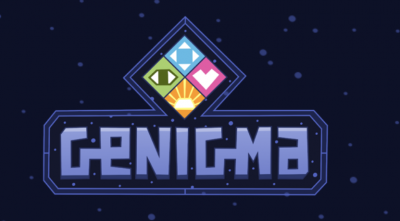- Researchers at the Francis Crick Institute (U.K.) discovered that a process involved in regenerating tissue damaged by radiation could promote the spread of cancer. An animal experiment demonstrated that this was happening due to the signaling of immune cells called neutrophils which help repair tissue damage. The study was published in Nature Cancer.
- It is well known that patients who develop cervical cancer are often infected not only with the human papillomavirus (HPV) but also simultaneously with the bacteria Chlamydia trachomatis. Researchers from Germany and the U.S. have proven that the two pathogens work together in a concerted effort to “reprogram” the infected cells so that they multiply uncontrollably. The study was published in Nature Communications.
- The researchers at the University of Virginia and MD Anderson Cancer Center investigated the role of EP300 gene mutations in the development of small cell lung cancer (SLLC) and discovered, in preclinical experiments, that this gene makes a protein that acts as a tumor promoter and inhibitor. By stopping this protein from working as a tumor promoter, it is possible to prevent the formation and spread of SLCC. As EP300 mutations are frequently found in a wide range of cancers, targeting the EP300 has potential for treatments of more than one cancer type. The study was published in Science Advances.
- Researchers from Germany, the United States, and the Netherlands explored in-depth programmed cell death, or apoptosis, processes. They found that the NOXA protein (a key proapoptotic factor) is being suppressed in aggressive forms of pancreatic cancer. The researchers aimed at identifying drug candidates that may promote NOXA’s cancer-fighting properties. By systematically testing substances in genetically altered cell lines, they identified one effective substance. The findings pave the way to new options in treating pancreatic cancer. The study was published in PNAS.
- In a somewhat similar approach, researchers from Wellcome Sanger Institute (U.K.) and collaborators used systematic testing of combinations of already clinically relevant drugs along with analysis of genetic information and multi-omics techniques on cell lines. As a result, they created a new resource to predict effective cancer treatment combinations. The study was published in Nature.
- Researchers from Australia established that two molecular pathways (Hippo/YAP and PI3K/mTOR) work together in cancer cells to promote fat metabolism that drives tumor growth. These findings may lead to new cancer therapeutics. The study was published in Developmental Cell.
Category Archives: In the News
A Renewed Cancer Moonshot
Earlier this month, President Biden announced a renewed Cancer Moonshot initiative aimed at halving the cancer mortality rate within 25 years. The new plan focuses on increasing screening and access to care.

Left: Larry Norton, MD. Photo by Juliana Thomas.
Right: Debra Schrag, MD, MPH. Photo by Richard DeWitt.
Numerous outlets interviewed experts at MSK for their thoughts about the plan. In USA Today, Dr. Larry Norton expressed hope that the plan will improve coordinated access to and sharing of patient data, which could drive new advances. He told Grid News that he believes cutting the mortality rate in half may happen more quickly than anticipated.
In NBC News, Dr. Deb Schrag said that the goal is a realistic one, given that cancer is many diseases, and often a consequence of aging. She added in The Washington Post that we currently lack solutions for cancers linked to obesity, which are expected to rise. In VOA News, she said that the focus on care accessibility could allow vaccination and screening to reach more people.
Playing a Game to Advance Studies on Cancer Cells

Researchers from the Centre for Genomic Regulation (CRG), the Centro Nacional de Análisis Genómico (CNAG-CRG), and game professionals collaborated to develop a videogame that will help advance research on cancer cells.
The game is called GENIGMA and consists of solving a puzzle. That puzzle has “a string of blocks of different colours and shapes. Each string represents a genetic sequence in the cancer cell line, and how players organise the blocks is a potential solution to the location of genes.”
The first step of the game consists of mapping the T-47D breast cancer cell line, a cell line frequently used in cancer research. The players’ data will help create the genomic reference maps.
The game launched on January 27, 2022, and gamers can now enter the #GenigmaChallenge. As mentioned by Oriol Ripoll, gamers will help advance medical research and learn about science simultaneously.